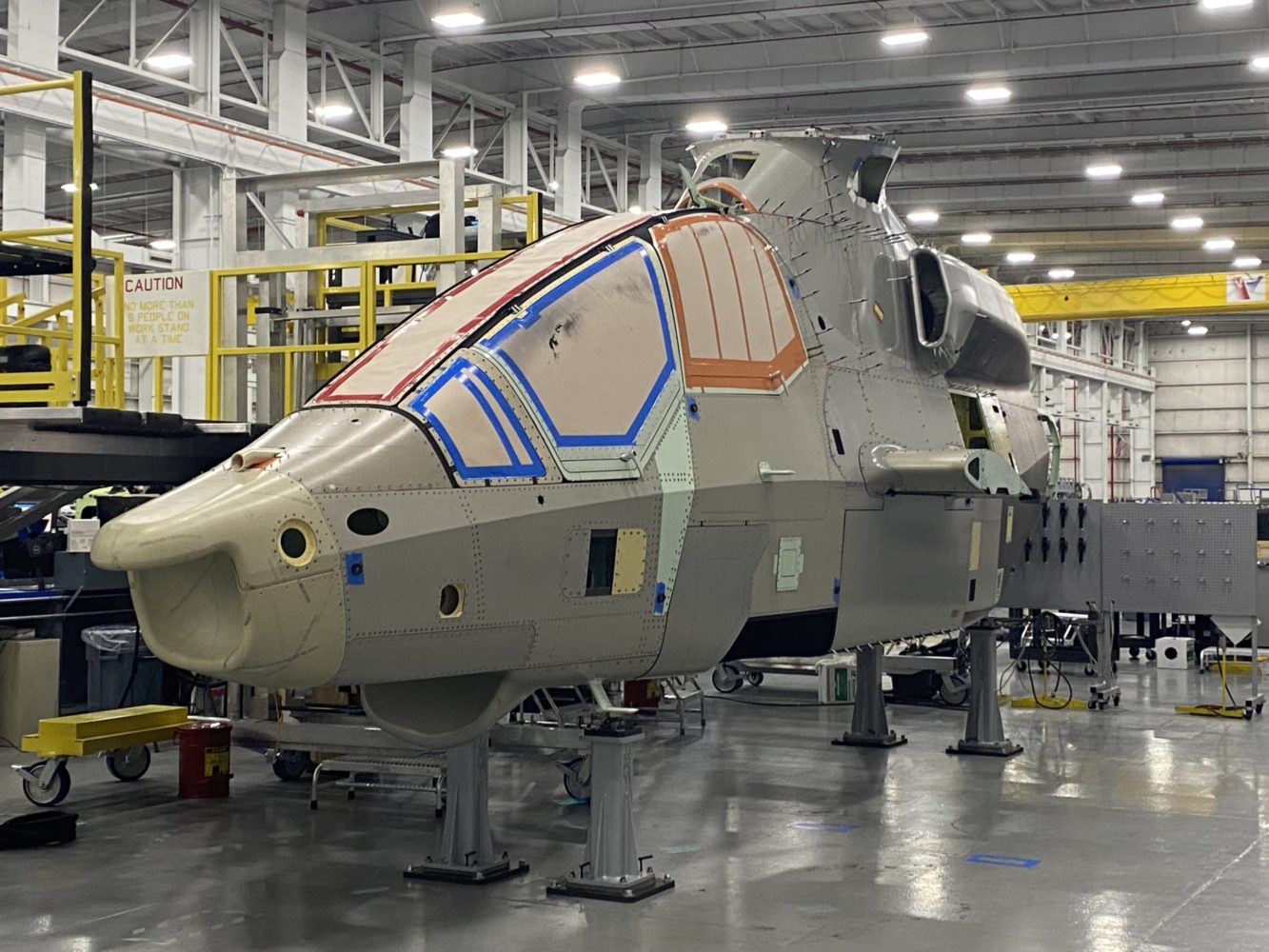Bell is about half done building the 360 Invictus, its offering for the U.S. Army’s Future Attack Recon Aircraft (FARA), and is on track to complete the aircraft within a year despite a complete redesign of the tail rotor.
The Invictus is about 50 percent complete, with most of external fuselage and skins assembled at Bell’s Amarillo, Texas, manufacturing facility. Installation of a final bulkhead is underway in preparation for attaching the tail boom, rotor system, gearbox and drive train, Chris Gehler, vice president and 360 Invictus program director, told Vertical in an interview.
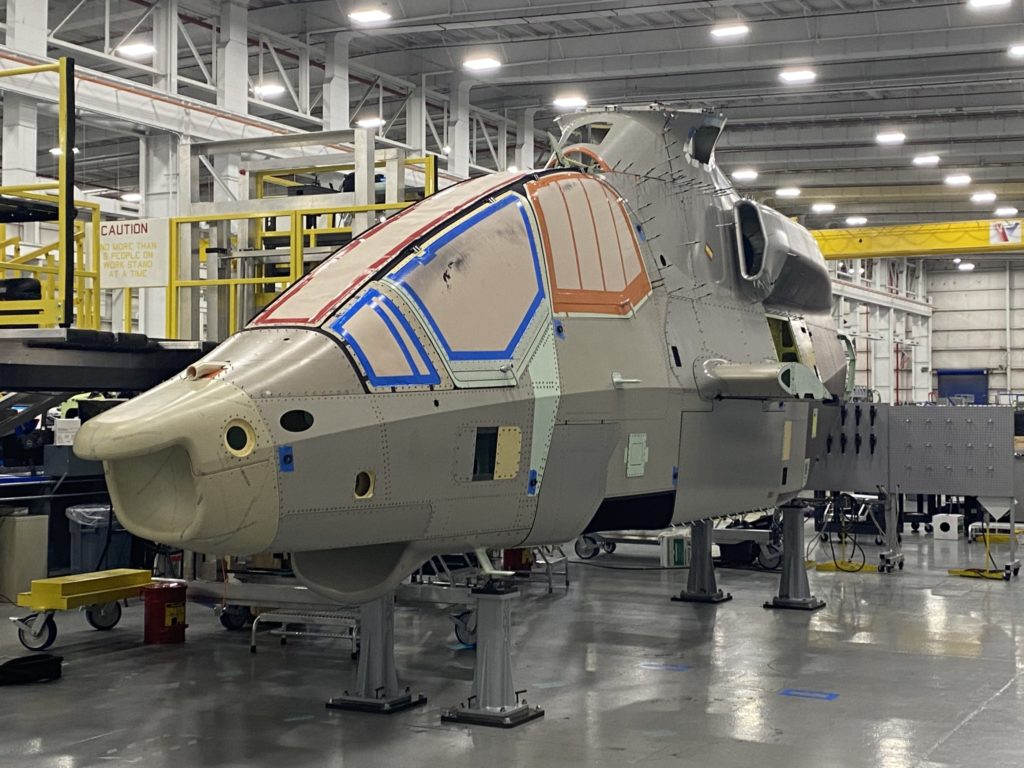
“It looks like a shark,” Gehler said. “All the skins are on and really, we’ve moved into final assembly. We still have about, not quite a year, that we’ll be in that phase.”
Several “off-ship” build projects also are ongoing for components like the main rotor system, main gearbox and blades. Hydraulic lines and electronics will soon be installed, Gehler said.
Concurrent to building the actual aircraft, the Invictus’ main rotor gearbox, supplemental power unit gearbox, engine reduction gearbox driveshafts and couplings are being tested at Bell’s Drive Systems Test Lab (DSTL).
“We’ll go through a series of pattern-development at various RPMs, up to 100 percent and into higher RPMs to meet airworthiness-type requirements of taking it to excessive amounts of speed to check out the gearboxes,” Gehler said.
Invictus is a single-main-rotor helicopter with a tandem cockpit designed to fly at least 180 knots, per Army speed requirements. It borrows the rotor system from the 525 Relentless, which has been flown at speeds above 200 knots in test flights. Both the shrouded hub and rotor blades have been “ported over” from the 525 program, but will be scaled to fit the Invictus. Where the 525 has five blades, Invictus will have four and will not exceed the Army’s 40-foot rotor disc size limitation.
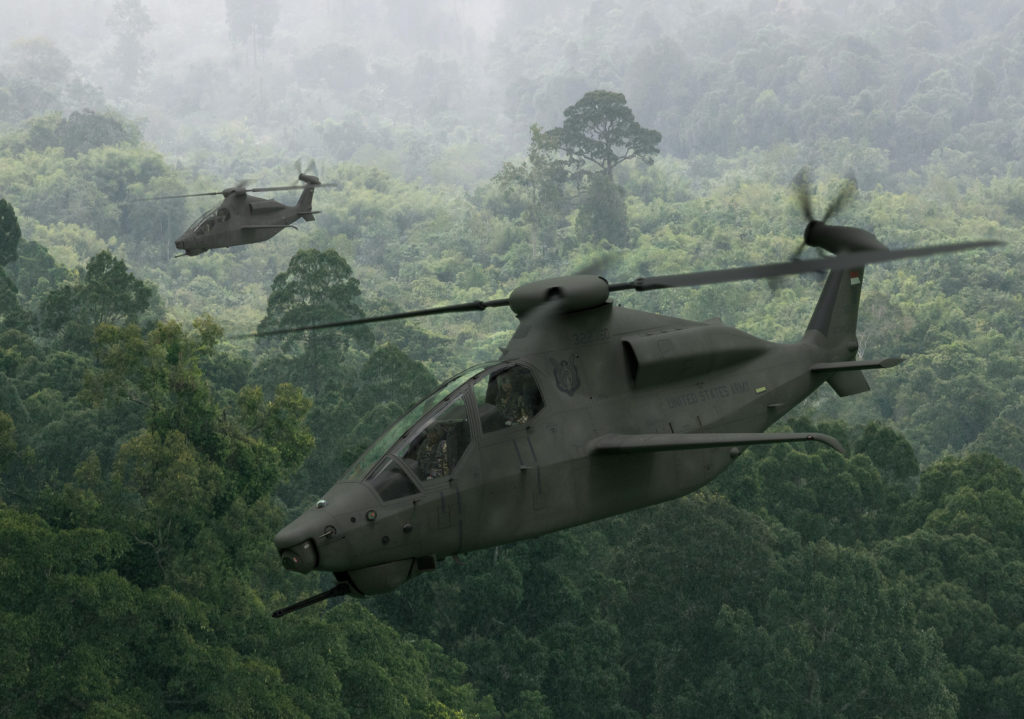
Bell’s sole competition for FARA is the Sikorsky Raider X, a compound helicopter with coaxial, counter-spinning main rotors and a pusher propeller.
When Bell rolled out the Invictus prototype helicopter concept in 2019, much emphasis was placed on the efficiency and added lift that would be generated by its ducted tail rotor, canted at 20 degrees to provide extra lift while hovering. Midway through building the prototype that will compete in a fly-off against Raider X, the company has redesigned everything behind the bulkhead separating the body of the aircraft from the tail boom and replaced the ducted rotor with a conventional open tail rotor system.
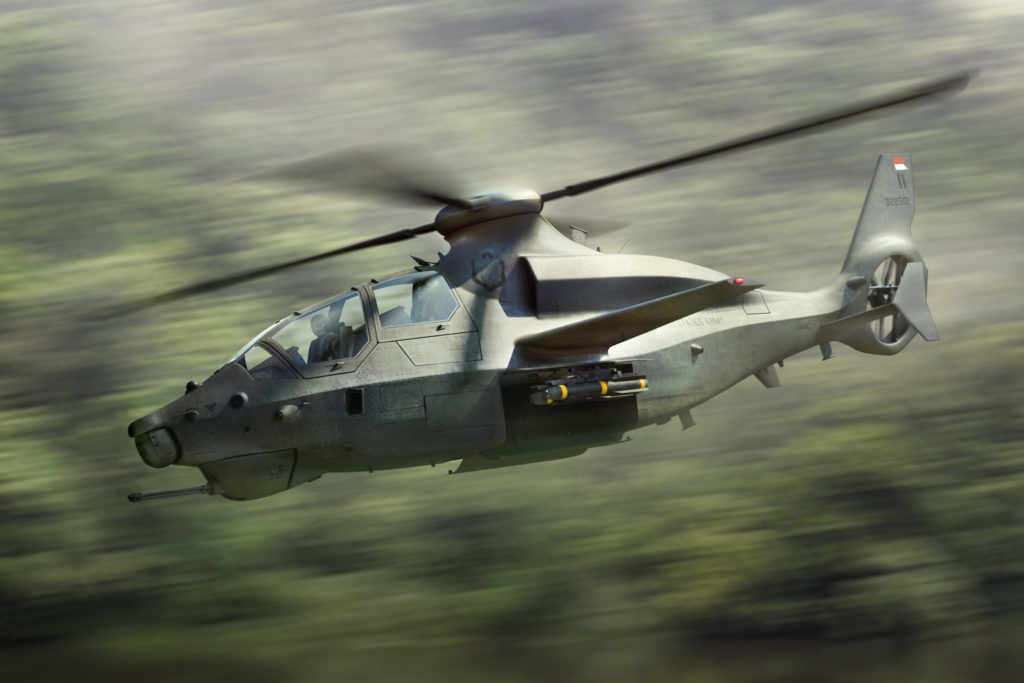
“We started some of our early design and some of our initial picture releases with a ducted tail rotor,” Gehler said. “We built a scale model and did a lot of testing on that. We actually built the tail for the aircraft as well, but as we were going through that and looking at what performance and how the whole aircraft balance and weight performance went, we just made a decision, quite a long time ago, actually, to make a change of the tail on the competitive prototype.”
“The difference between the ducted and the open [tail rotor] came down to the performance that we would get in this configuration with a single ITEP engine,” he added. “The open tail provides more efficiency, and so it really came down to weight, efficiency and performance. We would get more performance and really, more future growth for the Army using the open tail.”
ITEP is the General Electric T901 Improved Turbine Engine prescribed for the FARA program. Invictus’s powerplant is mounted aft and to the left of the main rotor hub. On the opposite side will sit a Pratt & Whitney Canada PW207D1 “supplemental power unit,” a model which serves as the main engines on the Bell 429.
Gehler said the ducted tail performed well in modeling and scale model testing and it likely will be seen on some future Bell aircraft, whether or not it ends up on Invictus. The open tail rotor maintains the 20-degree cant of the ducted variant but is mounted higher than the original design so soldiers can safely walk under it.
“We really get several hundred pounds of lift with that cant, which helps in the hover performance,” he said. “The cant is there really to provide additional lift in hover.”
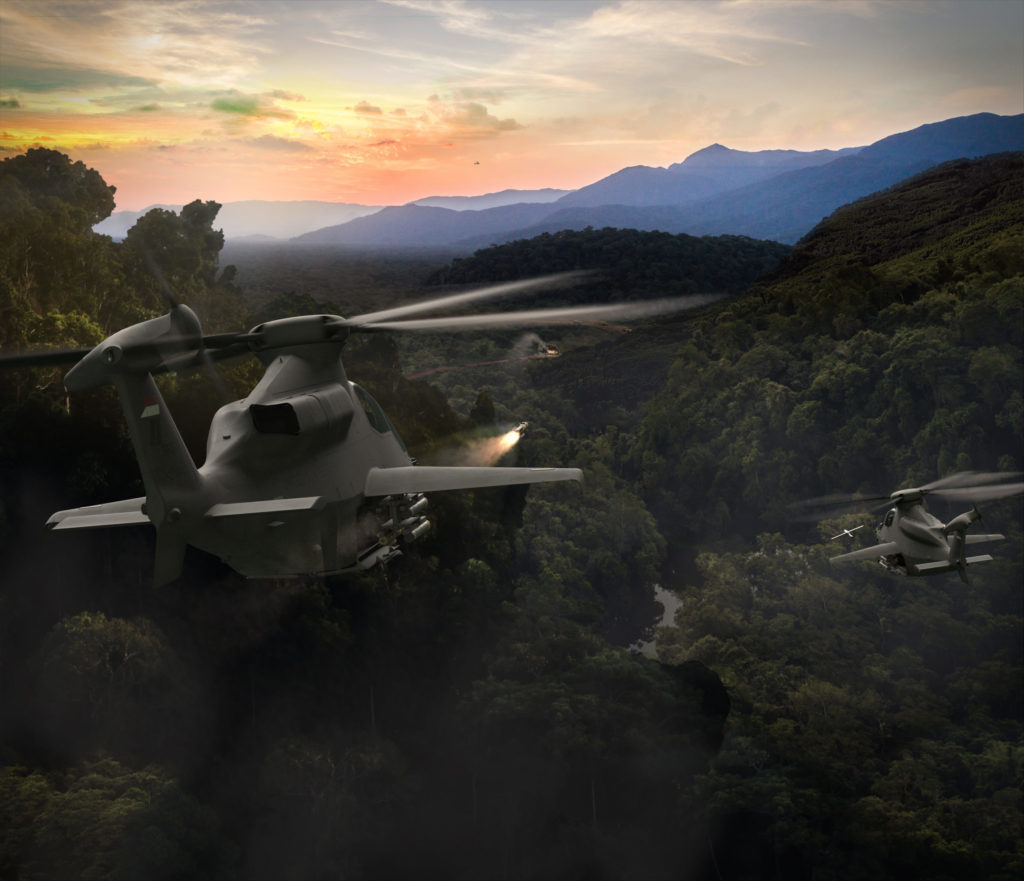
A new FARA-specific Systems Integration Lab (SIL) is also operational and is “essentially our aircraft zero,” Gehler said. “We essentially run a decomposed aircraft with a pilot in the loop, with cockpit and visuals and everything. . . . We put all the pieces of the aircraft together, fly it and then we can inject failure modes, test various things, develop emergency procedures but also validate standard operation of the aircraft.”
The facility allows Bell to integrate flight-critical components, software, and mission systems for testing, verification, and validation of functionality before they take flight on an actual aircraft.
“That enables us to really go fast while we’re in flight test because we have already all of this in the lab that essentially replicates the critical aspects — power, hydraulics, avionics, electronics, actuation — in the lab with the flight control computers and the pilot,” Gehler said.





